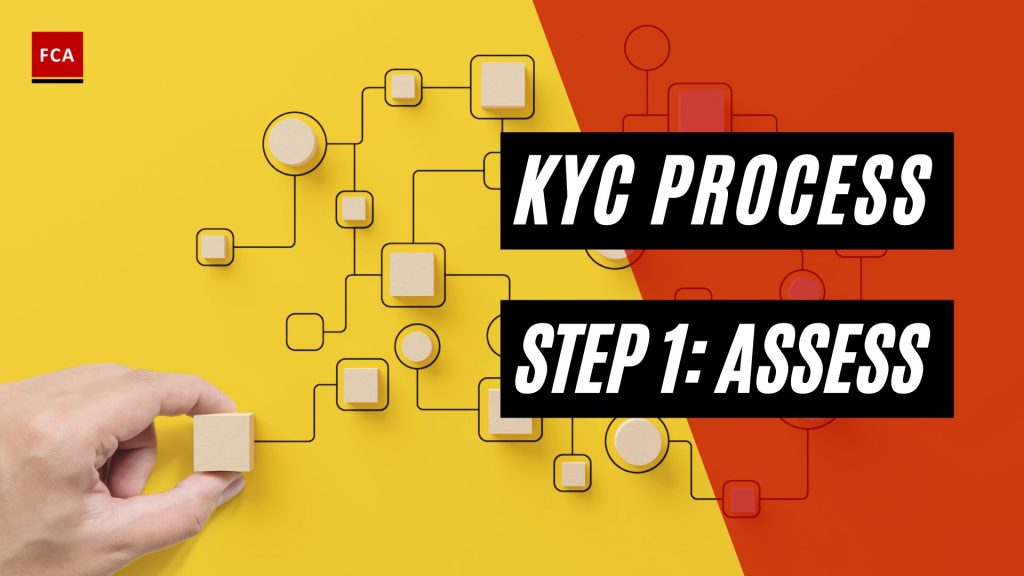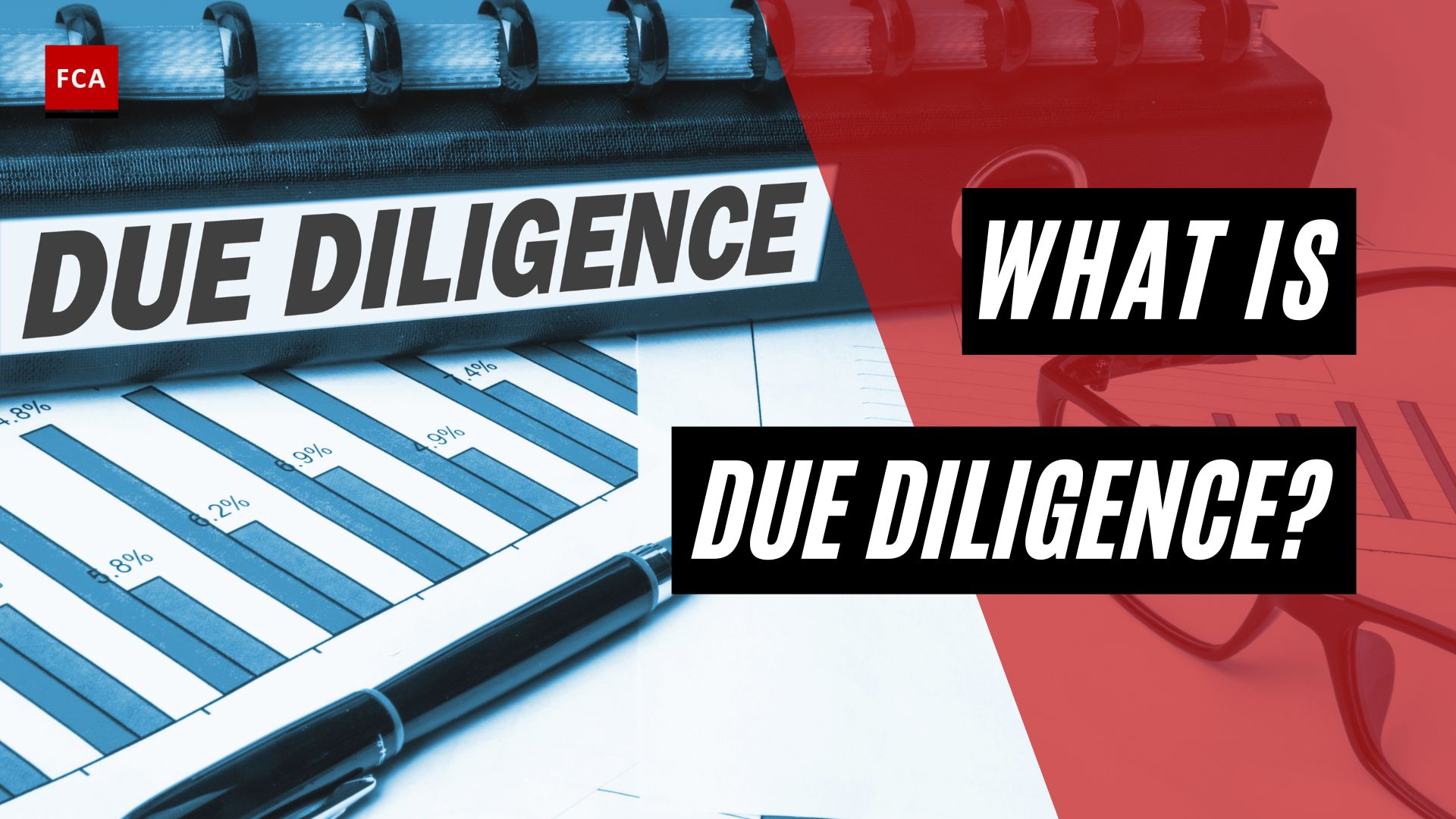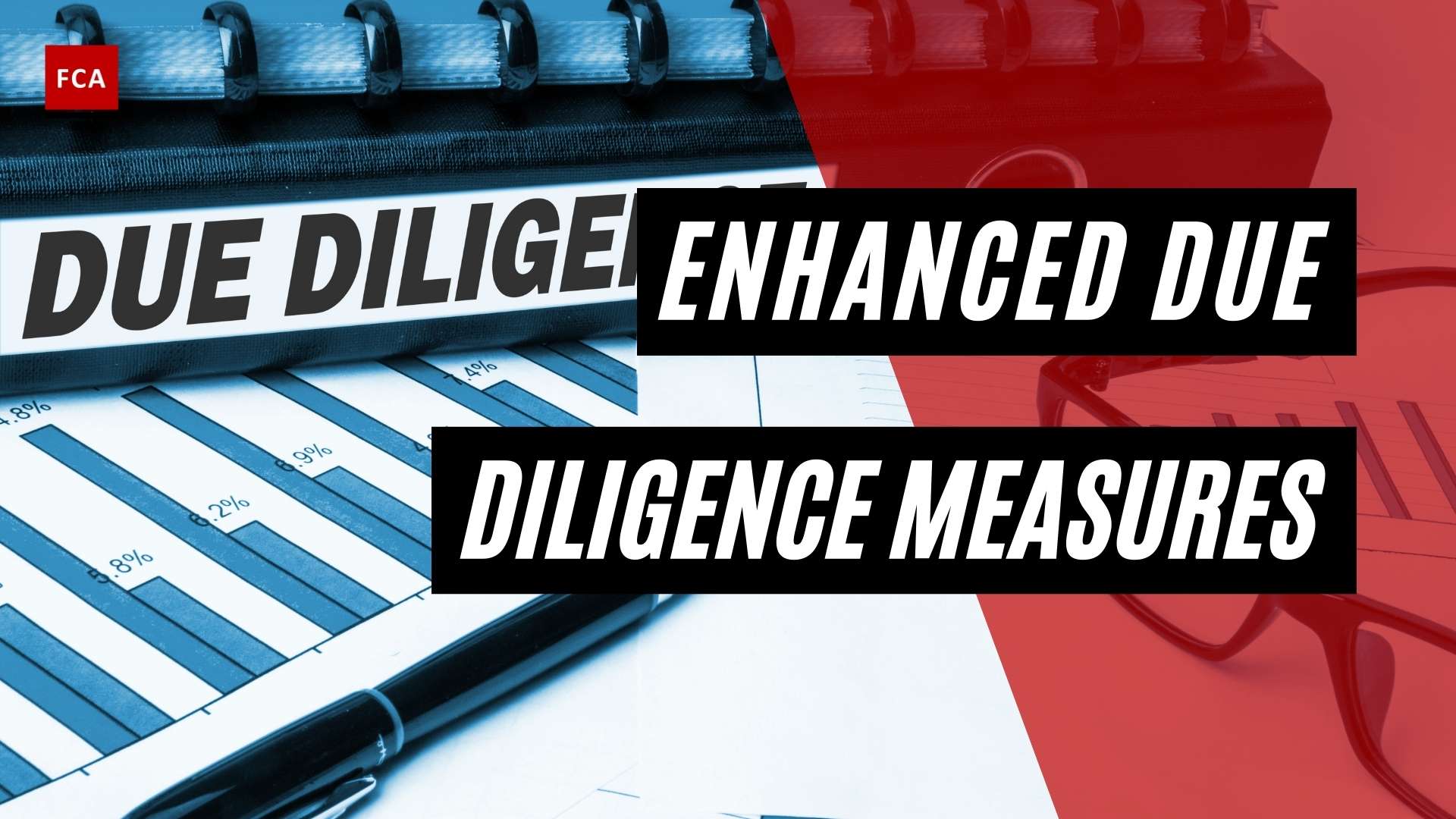The KYC process step 1 is the assessment of ML/TF risks involved in a prospective customer, based on the identification information provided by the customer for verification purposes. As part of KYC process, the organizations perform ML/TF risk assessment for each of the prospective customer. The ML/TF risk assessment is performed considering various different factors, including the identification information provided by the customer at the time of account opening.
Such information usually includes the national identification number, passport, photo, source of income, source of funds, etc. For legal entities, the information includes the company registration and legal documents, profiles of leadership, principal officer detail, beneficial owner detail, business activities, branches, source of income, source of funds etc.

KYC Process Step 1: Assess
The account opening officer of the organization, on the basis of the initial information, performs the risk assessment considering the broader ML/TF risk factors, such as ensuring that the prospective customer is a politically exposed person (PEP), not for profit organization, charitable organizations, government owned entity, etc.
To assess the ML/TF risks, the information to be asked for from the customer might also include things such as the customer’s location, the occupation in case of an individual, the types of business dealings they want to do with you, payments methods, geographical regions, the industry they operate in, and potentially some more. As you see from this brief list, the information that you want can be quite different. Some apply to individuals, other apply to legal entities.
The ML/TF risks assessed are recorded appropriately in the file of the prospective customer. Risk scores are assigned after performance of the risks, and for high-risk scores the customer’s case is further investigated to perform enhanced due diligence measures. Detail information is asked in these cases, and detail scrutiny is performed to ensure that ML/TF risks are reasonable for the prospective customer and account then can be opened, after proper review, and approval of senior management.
After having all the information at hand, the potential money laundering risk that are posed by customer are considered in detail. For this risk scoring, there are many dedicated risk scoring engines available that factor in multiple information.

For example, these engines might perform automated searches in databases, news outlets, and criminal records. They will also factor in the products and services the customer wants to use, the geographical region, and many more. This really is a sophisticated risk modelling that takes place here. At the bottom line, you will then get a risk score for the customer.
Final Thoughts
While gathering this information during account opening is sufficient, the institution must verify the account holder’s identity within a reasonable time. Identity verification procedures include documents, non-documentary methods such as comparing the information provided by the customer with consumer reporting agencies, public databases, and other due diligence measures, or a combination of both.








